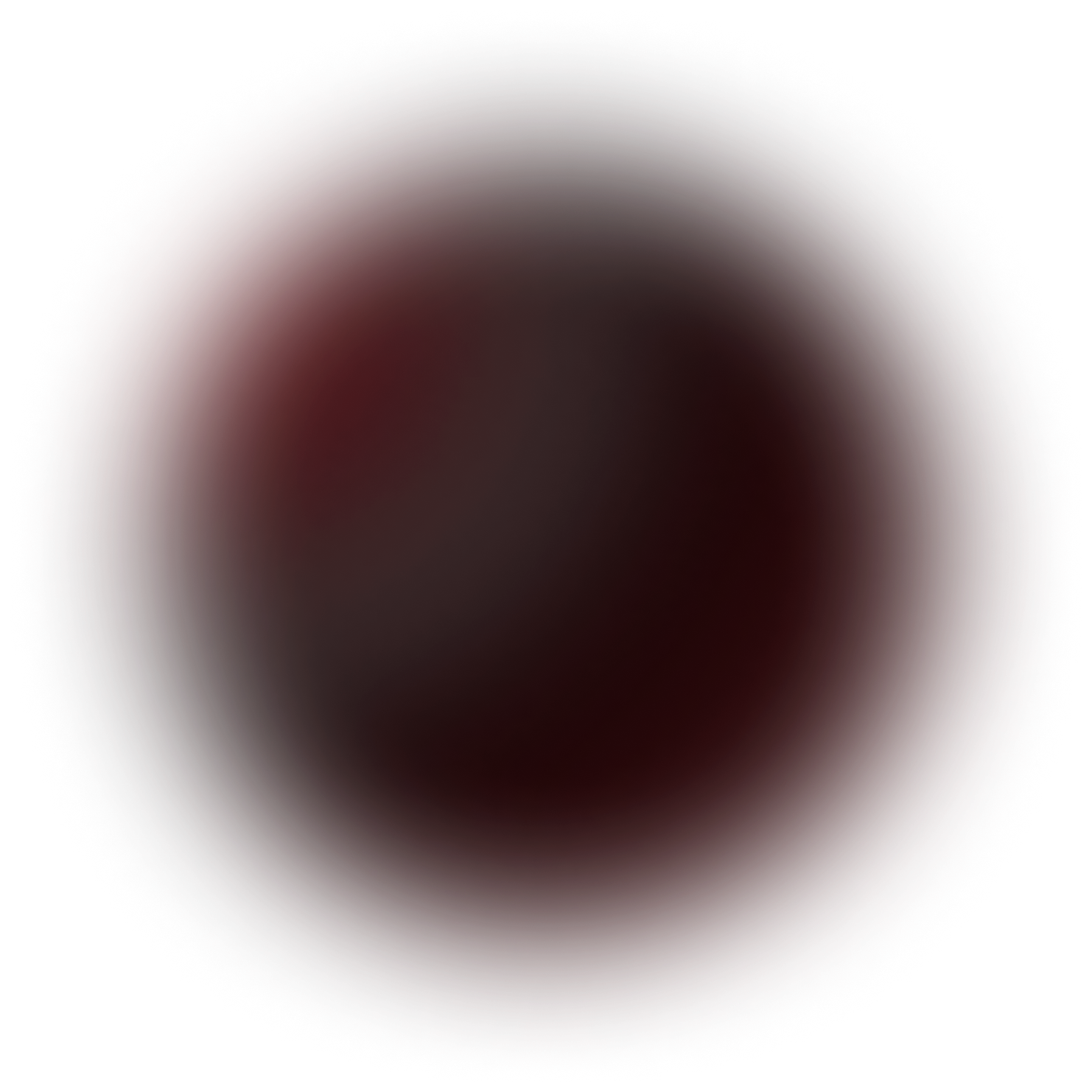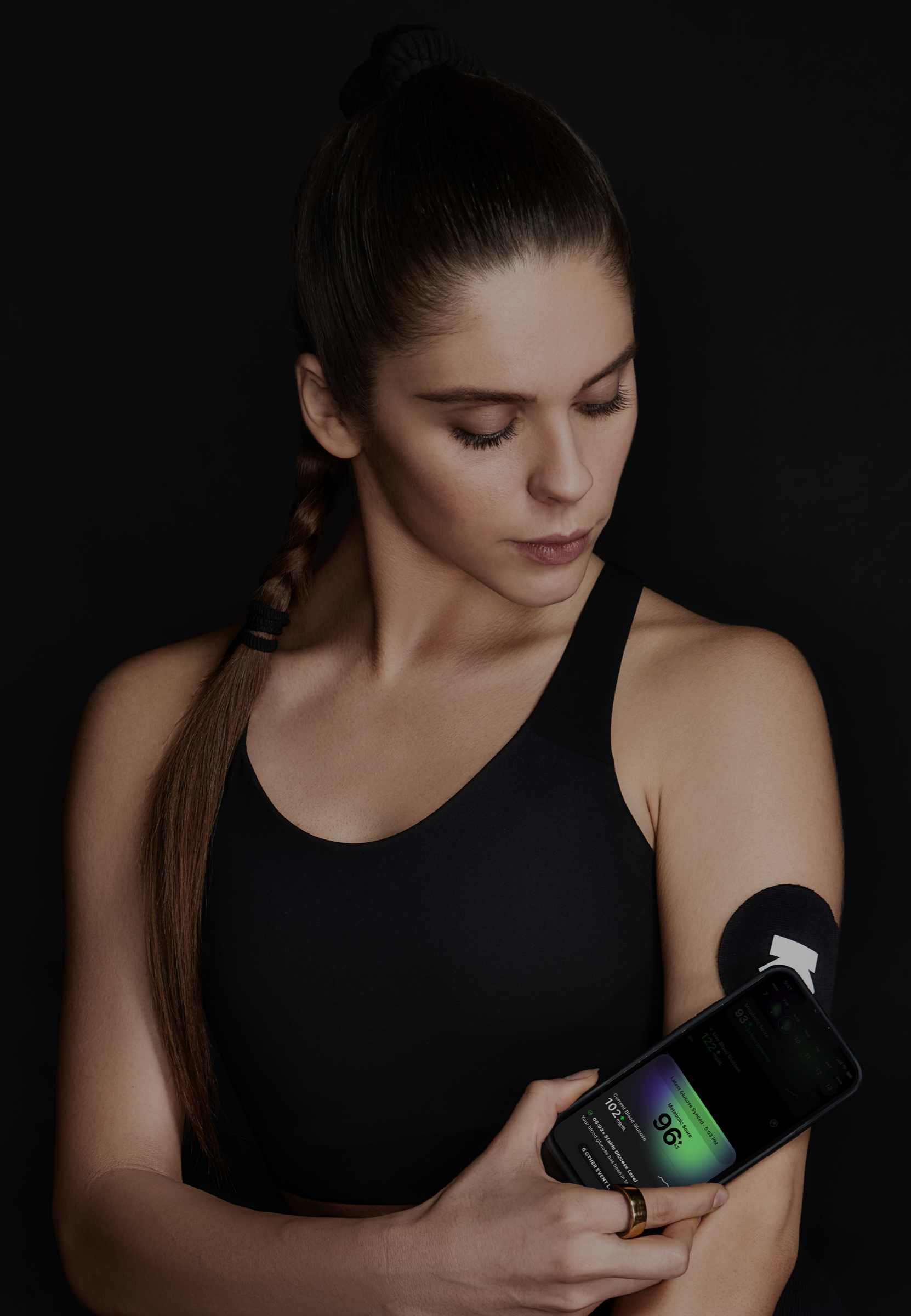
Masala Dosa (1 Piece) and English Medu Vada (1 Piece)
Breakfast
177 mg/dL
avg. peak value
Usually causes a medium spike
Avg. Food Score on Ultrahuman App
Ultrahuman Users got an UNSTABLE response
How to consume english medu vada, masala dosa without glucose spikes
Portion Control
Reduce the portion size of the medu vada and masala dosa to limit the amount of carbohydrates consumed in one sitting.
Protein Addition
Pair these foods with a protein-rich side, such as boiled eggs or grilled chicken, to help slow down the absorption of carbohydrates.
Fiber-Rich Sides
Include a side of vegetables like steamed broccoli, spinach, or a small salad to add fiber, which can help moderate the rise in blood sugar levels.
Healthy Fats
Add a small amount of healthy fats, such as a handful of nuts or a slice of avocado, to your meal to further slow carbohydrate absorption.
Timing and Spacing
Eat these foods earlier in the day when insulin sensitivity is typically higher and give adequate time between meals to help manage glucose levels.
Physical Activity
Engage in light physical activity, like walking, shortly after eating to help facilitate glucose uptake by the muscles.
Hydration
Drink plenty of water throughout the day, especially before meals, to support overall metabolism and digestion.
Mindful Eating
Eat slowly and mindfully, paying attention to hunger and fullness cues to avoid overeating.
Substitute Ingredients
Try making medu vada and masala dosa at home with alternative flours such as chickpea or lentil flour to reduce the carbohydrate content.
Regular Monitoring
Keep track of your glucose levels before and after meals to understand how different foods affect you, allowing for better meal planning in the future.

Discover
metabolic
health with M1
Ultrahuman M1 helps you measure the impact of food and activity on your body in real time through glucose as a biomarker.
Explore Ultrahuman M1Find Glucose response for your favourite foods
Explore OGDbYour cart is empty
Browse through our products and find something for you.
